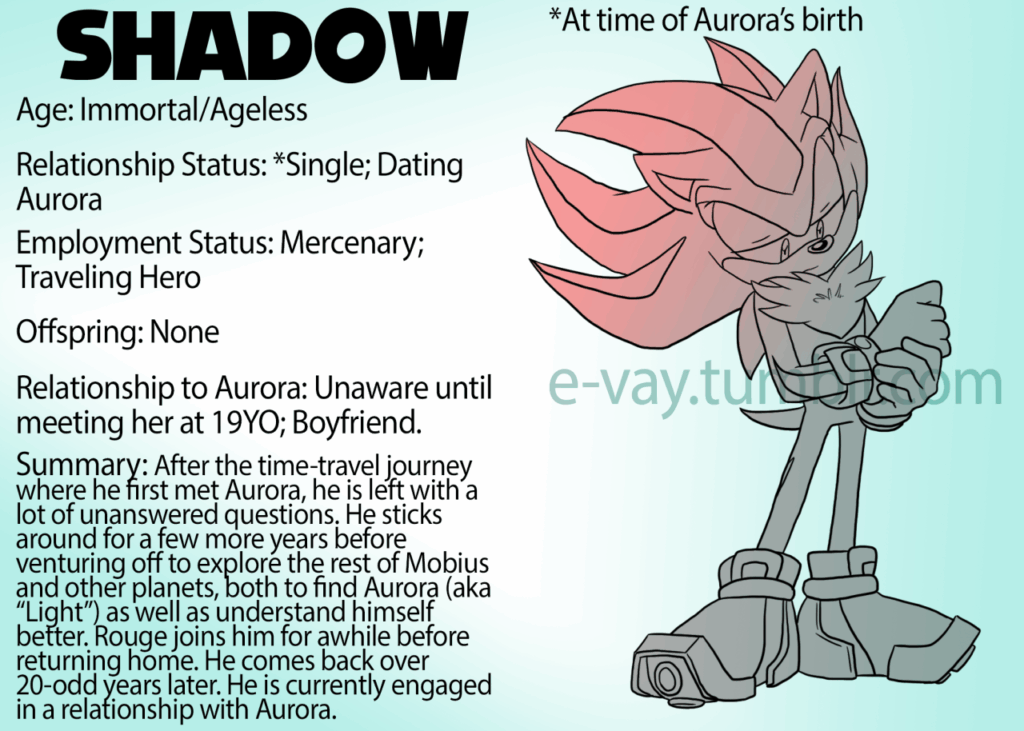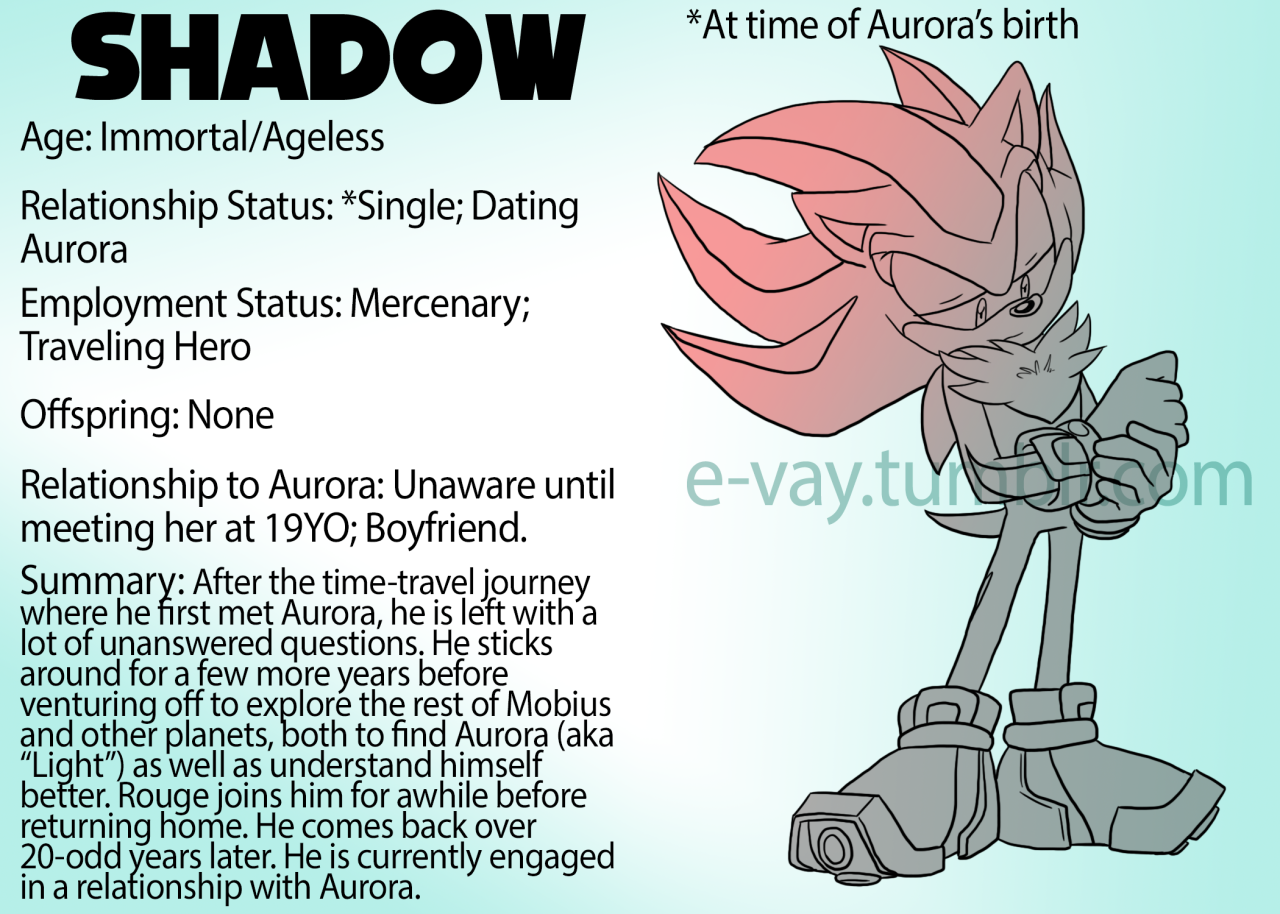
Shadows and Aurora: Unveiling the Mystical Dance of Light and Darkness
The celestial ballet between shadows and aurora is a spectacle that has captivated humanity for centuries. From the ancient myths that sought to explain the ethereal lights dancing across the night sky to modern scientific understanding, the aurora remains a source of wonder and awe. But the interplay of light and dark, represented by the shadows cast by the sun and the vibrant glow of the aurora, offers a deeper perspective on the natural world. This article explores the science, mythology, and sheer beauty of this fascinating phenomenon.
The Science Behind the Aurora
The aurora, also known as the Northern Lights (Aurora Borealis) and Southern Lights (Aurora Australis), is a natural light display predominantly seen in the high-latitude regions (around the Arctic and Antarctic). It’s caused by disturbances in the magnetosphere, which are provoked by solar wind. Solar wind is a stream of charged particles released from the sun. When these particles reach the Earth’s magnetic field, they are directed towards the poles. As they collide with atoms and molecules in the Earth’s atmosphere, primarily oxygen and nitrogen, they excite these atoms to higher energy states. When the atoms return to their normal state, they release energy in the form of light – creating the stunning visual display we call the aurora.
The color of the aurora depends on the type of gas and the altitude at which the collision occurs. Oxygen at lower altitudes typically produces green light, which is the most common color seen in aurora displays. Higher altitudes can produce red light from oxygen. Nitrogen, on the other hand, tends to produce blue or violet light.
While the sun illuminates the earth, creating shadows, the aurora illuminates the night, creating its own ethereal glow. This contrast highlights the constant interplay between light and dark in our universe.
Mythology and Folklore of the Aurora
Across different cultures, the aurora has been interpreted in various ways, often imbued with spiritual or mythical significance. For example, in Norse mythology, the aurora was believed to be the reflections of the shields and armor of the Valkyries, female figures who chose who would live and who would die in battle. These warrior maidens were said to ride across the sky, bringing the souls of the brave to Valhalla. The aurora’s shifting patterns and colors were seen as a reflection of their celestial battles.
In Finnish folklore, the aurora, known as ‘Revontulet’ (fox fires), was believed to be caused by a magical fox running across the snow, its tail sweeping up sparks into the sky. Other indigenous cultures in North America saw the aurora as the spirits of the dead dancing in the sky, communicating with the living.
These myths and legends demonstrate the profound impact the aurora has had on human imagination, often linking it to themes of spirituality, death, and the supernatural. The shadows of the night provide the canvas upon which these stories are painted, with the aurora acting as the vibrant brushstrokes.
Chasing the Aurora: A Modern-Day Quest
Today, chasing the aurora has become a popular form of astrotourism. People from around the world travel to high-latitude destinations like Iceland, Norway, Canada, and Alaska in hopes of witnessing this magnificent display. The experience can be transformative, offering a sense of connection to the cosmos and an appreciation for the power and beauty of nature. The best time to see the aurora is during the winter months when the nights are long and dark, providing optimal viewing conditions. Minimizing light pollution is also crucial, as the faint glow of the aurora can easily be obscured by city lights.
Predicting the aurora is not an exact science, but scientists use data from satellites and ground-based observatories to forecast the likelihood of auroral activity. Factors such as solar flares and coronal mass ejections can significantly increase the chances of seeing a strong aurora display. [See also: Space Weather Forecasting]
The Interplay of Shadows and Light in Photography
Capturing the aurora through photography is a challenging but rewarding endeavor. The key is to use a camera with good low-light performance, a wide-angle lens, and a sturdy tripod. Long exposure times are necessary to capture the faint light of the aurora, which means that any movement of the camera will result in blurry images. Understanding how to balance the shadows and the light is crucial for creating visually stunning photographs. The dark foreground, often filled with trees or mountains, provides a contrasting element to the vibrant colors of the aurora, enhancing the overall impact of the image.
Furthermore, the presence of shadows can add depth and dimension to the photograph. Silhouetted trees or buildings can create a sense of scale and perspective, emphasizing the vastness of the night sky. Experimenting with different compositions and angles can lead to unique and captivating images that showcase the beauty of the aurora.
The Aurora and Climate Change
While the aurora itself is not directly affected by climate change, the regions where it is most visible are experiencing significant impacts. Rising temperatures are causing glaciers to melt, permafrost to thaw, and sea ice to decline, altering the landscape and affecting the local ecosystems. These changes can have a profound impact on the communities that rely on these environments for their livelihoods and cultural identity. [See also: Arctic Climate Change Impacts]
Understanding the interconnectedness of the Earth’s systems is crucial for addressing the challenges of climate change. The aurora serves as a reminder of the delicate balance of nature and the importance of protecting our planet for future generations. The shadows of environmental degradation loom large, but the hope for a brighter future lies in our collective efforts to mitigate climate change and preserve the natural wonders of the world.
The Aurora as a Symbol of Hope and Inspiration
Beyond its scientific and mythological significance, the aurora can also be seen as a symbol of hope and inspiration. Its ephemeral beauty reminds us of the fleeting nature of life and the importance of appreciating the present moment. The vibrant colors and dynamic movements of the aurora can evoke a sense of wonder and awe, inspiring us to dream big and pursue our passions. Even in the deepest shadows, the aurora shines as a beacon of light, reminding us that there is always beauty to be found, even in the darkest of times.
In conclusion, the dance between shadows and aurora is a powerful reminder of the interconnectedness of our world. From the scientific explanations to the ancient myths, the aurora continues to fascinate and inspire us. By understanding the science, appreciating the mythology, and preserving the environments where the aurora is visible, we can ensure that future generations will have the opportunity to witness this magnificent display.
The aurora, a spectacle born from the sun’s energy interacting with our planet’s atmosphere, paints the night sky with hues that defy earthly description. Its ethereal presence is a stark contrast to the deep shadows that cloak the landscape, creating a visual symphony of light and darkness. This interplay is not merely a visual phenomenon; it’s a metaphor for the balance that exists in nature, a reminder that even in the darkest of times, there is always light to be found. The shadows accentuate the brilliance of the aurora, making its appearance all the more breathtaking. As we gaze upon this celestial wonder, we are reminded of the vastness of the universe and our place within it. The aurora’s shimmering curtains serve as a canvas for our dreams, inspiring us to reach for the stars and to find beauty in the unexpected. From the softest greens to the most vibrant reds, the aurora displays a spectrum of colors that captivate the soul. The shadows provide a grounding contrast, allowing the aurora’s brilliance to truly shine. It is a dance of light and darkness, a ballet of cosmic proportions, and a testament to the wonders that await us when we look up at the night sky. The aurora and the shadows together tell a story, a story of energy and balance, of wonder and awe, and of the enduring power of nature’s beauty.

